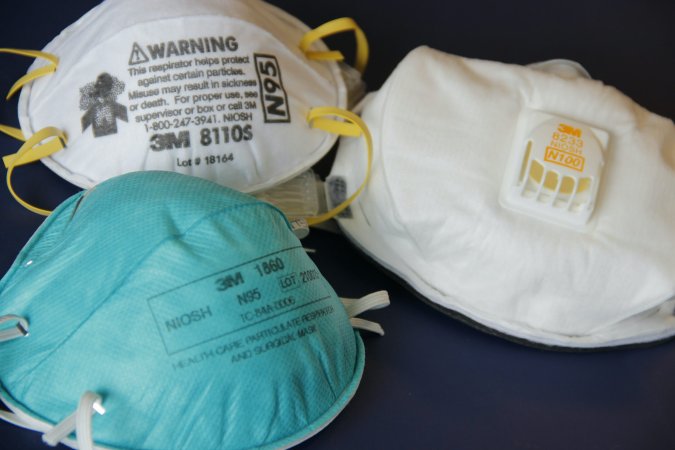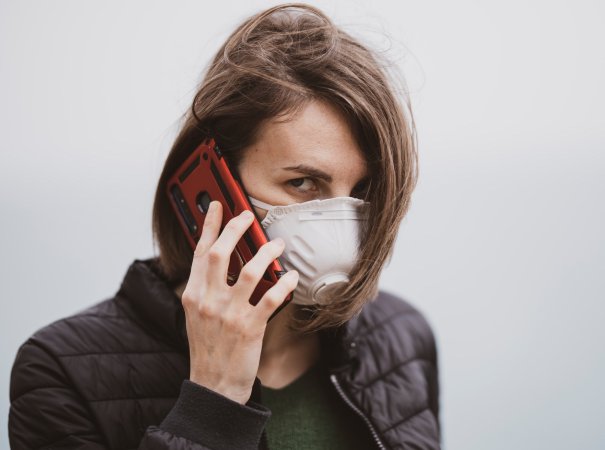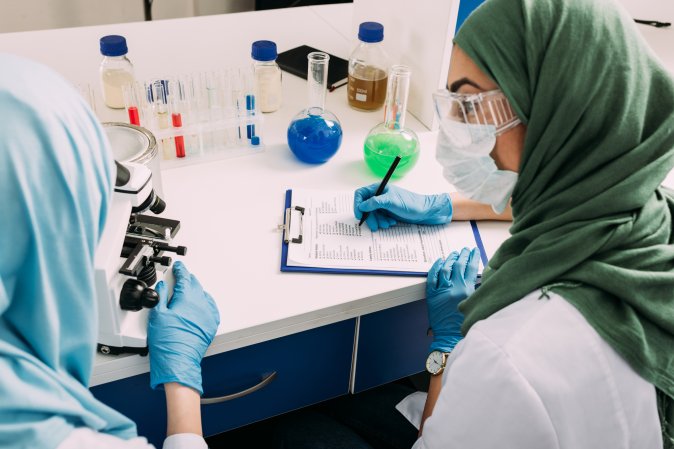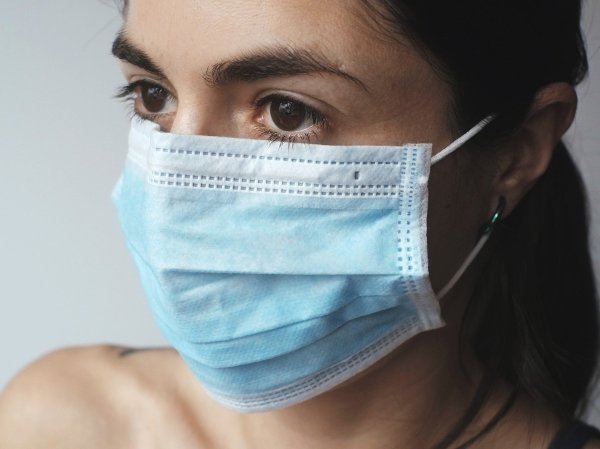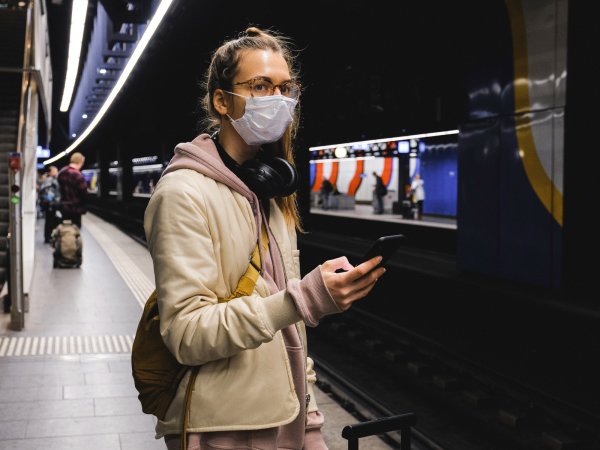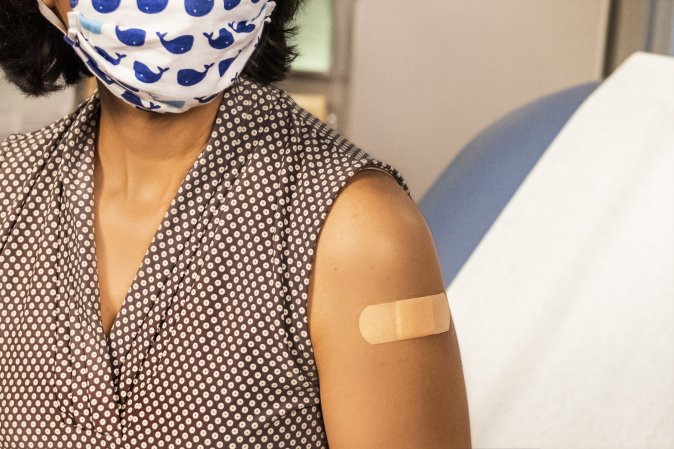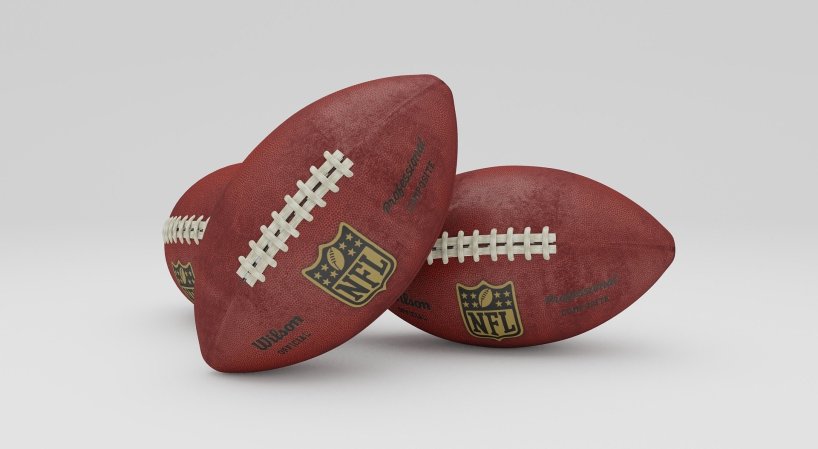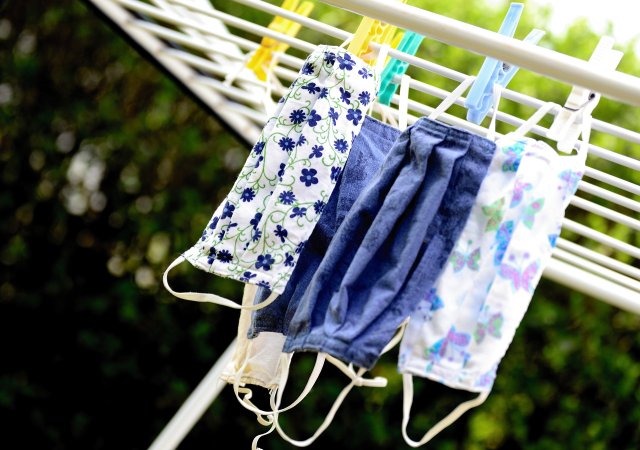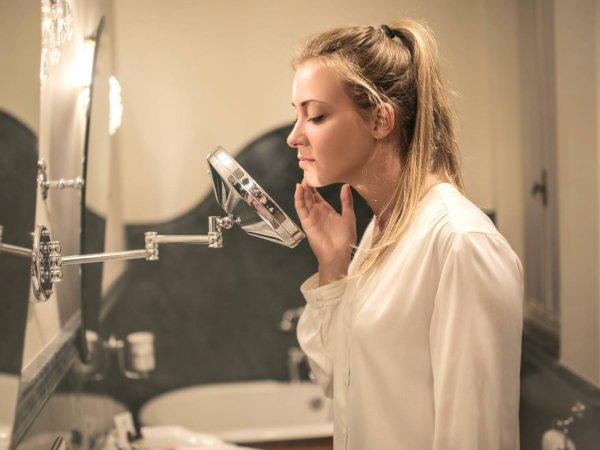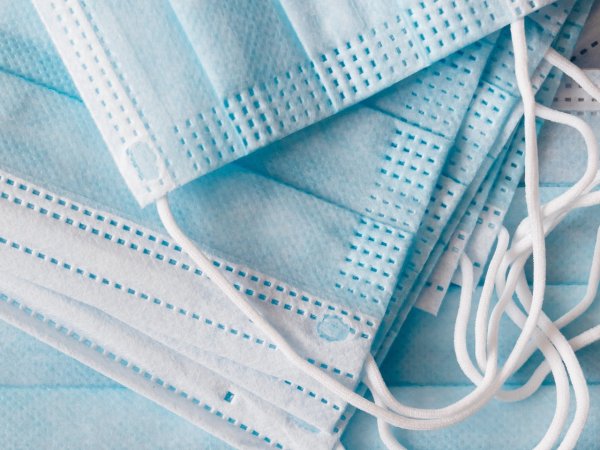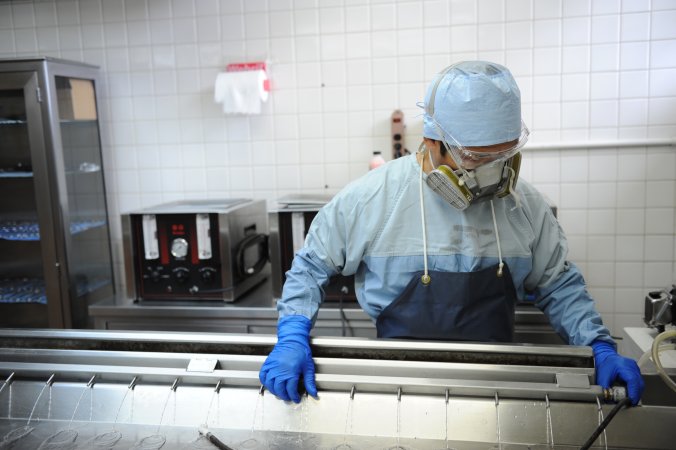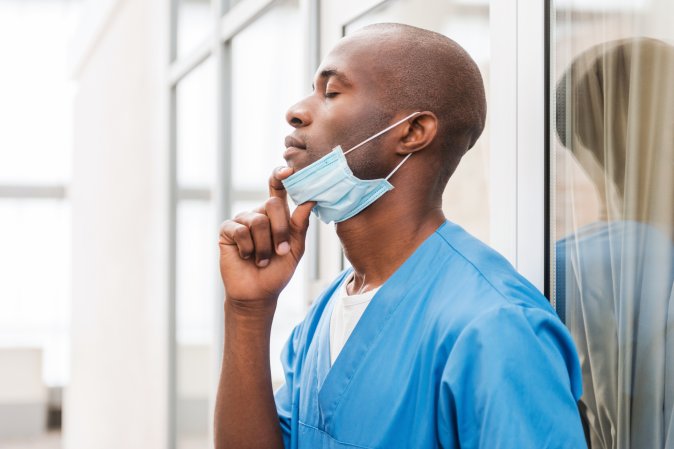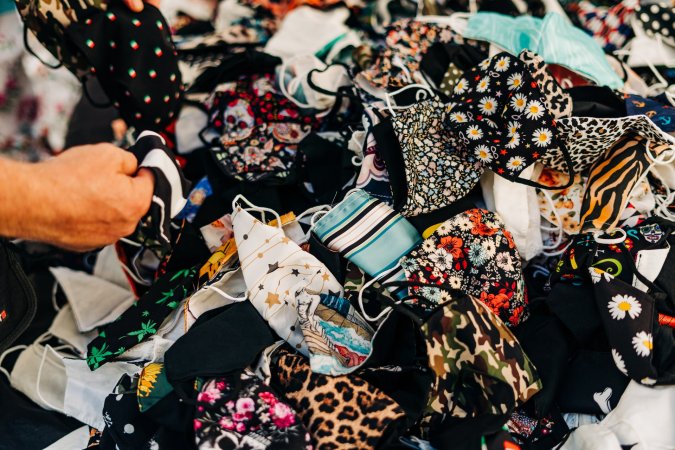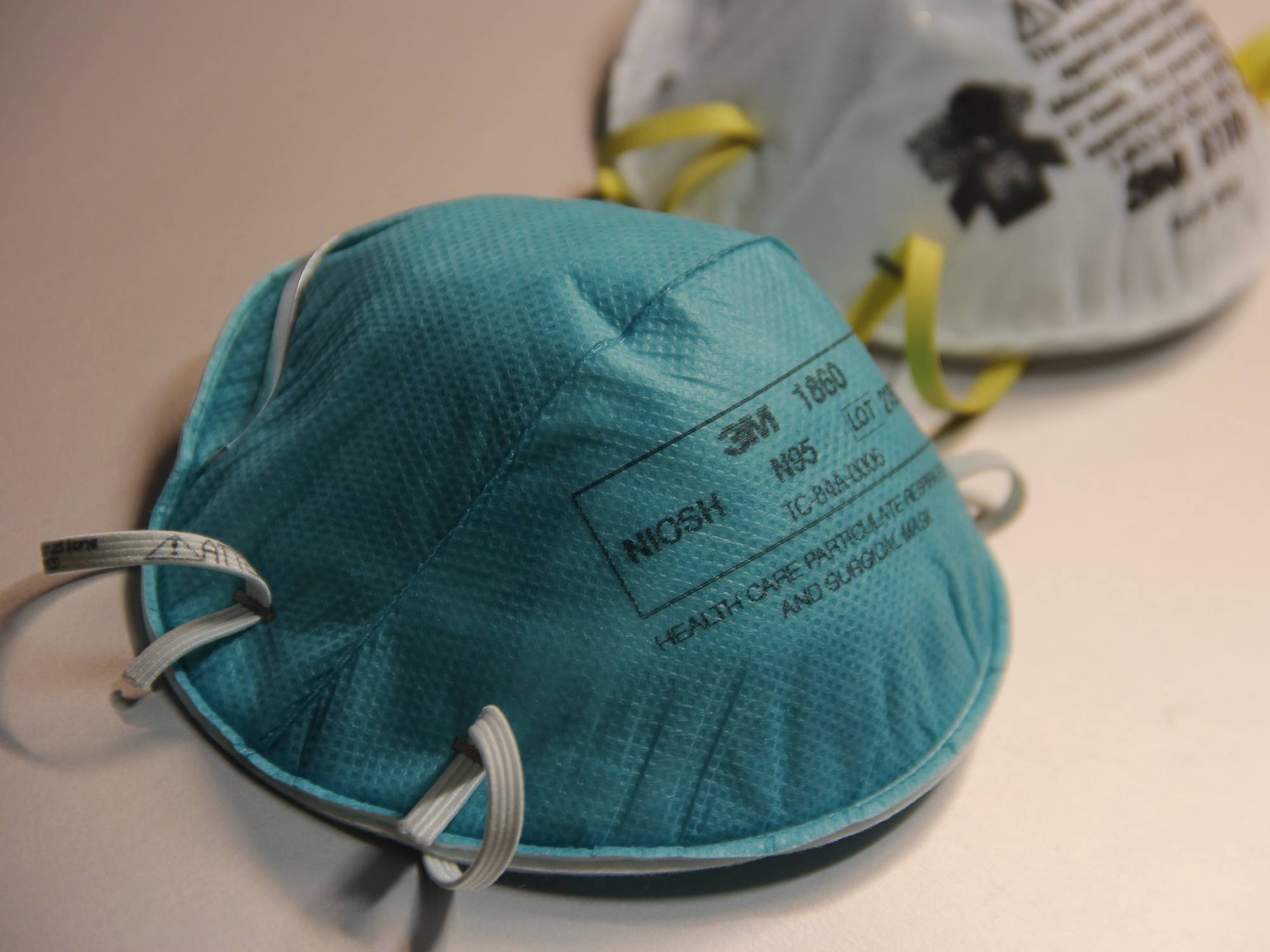

This story has been updated. It was originally published on January 9, 2022.
Although much of our approach to fighting the COVID-19 pandemic has changed over the past two years, masks remain one of the best ways to protect yourself and others against infection. But now that the highly contagious Omicron is officially the dominant variant in the US, it is crucial that you wear the right one. That’s why epidemiologists recommend you ditch your bandana or leopard-print cloth mask and upgrade to an N95, KN95, or KF94.
If you’ve been getting by without one of these highly protective masks, you’re sure to have a lot of questions about what to look for in a good one, when to wear it, whether you can reuse it, and, most importantly, when to throw it away. We had those questions too. Now we also have answers.
Why you should upgrade to an N95
As we said, Omicron spreads much more quickly than its predecessors. The jury is still out as to the exact number, but one Danish study estimates the variant could be up to 3.7 times more transmissible than the already very infectious Delta.
Researchers aren’t sure why yet either, though data suggests the virus has acquired the ability to gain a foothold regardless of a person’s vaccination status.
[Related: What you can do right now to protect yourself from the new COVID-19 variants]
Importantly, Omicron’s contagiousness could mean that infected people are releasing more of the virus into the air every time they breathe or talk, giving it a better chance of snagging a new host. Despite indications that Omicron cases are milder than those caused by Delta and other variants and are associated with lower rates of hospitalization and severe illness, faster spread means more cases and more chances for COVID to affect someone whose body can’t handle it.
That is, of course, unless we step up our game. This is where N95 masks and other more sophisticated face coverings come into play.
What is an N95 respirator?
There are two kinds of N95s, says Gary Warren, CEO of ivWatch, a Virginia-based manufacturer of medical-grade N95s: those tested using latex to simulate particulate matter, and those tested to filter out aerosols.
Both are equally efficient at protecting you against SARS-CoV-2, the virus that causes COVID-19.
You can generally find the former at a hardware store, as they are good at keeping your airways free of sawdust and paint, but their sturdy, shell-like form isn’t very comfortable over prolonged periods of time. They were among the masks that made headlines at the beginning of the pandemic for leaving medical personnel with facial bruises after long shifts.
The aerosol-focused N95s are medical-grade respirators that come in varied formats but are always made out of three layers of heat-blown polypropylene, a sturdy metallic noseband—stiffer than those in surgical masks—and head straps.
How do N95s work?
The polypropylene in medical-grade N95 masks is similar to the fabric that makes up some reusable grocery bags, but it’s a lot denser. This makes it harder for airborne particles to get into your airways. They’re also more effective the better they fit your face—we’ll explain how to get a good fit later in this story.
But there’s more to it: the middle layer of an N95 is electrically charged with up to 30,000 volts, says Warren. This allows the polypropylene to filter out at least 95 percent of particles by not only blocking them the way a net stops a tennis ball but also attracting them as if the net and ball were magnetic.
“This electrostatic charge grabs those particles, so it’s very efficient,” he explains. “In fact, the smaller the particle, the more efficient the melt-blown becomes. When you get to 0.1 microns, the blockage is typically 99.3 to 99.5 percent.”
Researchers have found that respiratory particles containing COVID-19 can be as small as 4.7 microns.
What is the difference between an N95 and other high-end respirators?
While N95s are widely considered the golden standard for particle filtration, there are other masks that do an equally good job, such as the KF94, FPP1, FPP2, and FPP3. The only difference among them is their country of origin.
N95s are manufactured under a strict US protocol that is regulated and certified by the National Institute of Occupational Safety and Health. NIOSH representatives constantly visit factories to make sure the masks manufactured there are up to standard, Warren says.
The KF94 is the South Korean equivalent of the N95, while the FPP family is the standard in the European Union. These types are also subject to careful government oversight and perform with similar efficacy to N95s. If you get your hands on any of these, you can trust they will provide equal protection against COVID-19.
We’ve kept the KN95—a Chinese protocol—separate for a reason. It’s the most widely available international standard in the US, but it has proven to be problematic.
In September 2020, the Emergency Care Research Institute found that 70 percent of KN95 masks didn’t meet minimum US standards. Similarly, the Centers for Disease Control and Prevention’s website warns that 60 percent of KN95s in the US are actually counterfeit. This means most KN95s you can find had no official manufacturing oversight and there’s no way to be sure if they are actually protecting you or anyone around you against COVID-19.
What’s even more troubling is that telling the difference between a genuine KN95 and a counterfeit can be quite challenging. The CDC has provided some guidance for how to identify fake masks, and also has an online search platform where users can check if a certain brand and model has been certified by NIOSH. You can also check this Food and Drug Administration list (see appendix A), which includes more brands and products approved for emergency use.
Unfortunately, these resources are not as user-friendly as they could be, and limiting your search by sticking to trusted manufacturers can still result in the purchase of a faulty mask.
“Our research also found that there’s a high inner product variability, so just because you have one mask which might do what it’s supposed to be doing, the next might not—even from the same manufacturer and the same lot,” says Marcus Schabacker, an anesthesiologist, and CEO at the ECRI.
Truly certified KN95s certainly do a better job at protecting you and others than a surgical mask. But because KN95s don’t fit as tightly, KF94s, FPPs, and N95s are even better.
What to look for in an N95
As we mentioned above, N95s need to fit snugly against your face to perform at peak ability. This creates a seal that will block particles from entering your airways through any openings between the mask and your skin.
To make sure you get that seal, Warren recommends masks with a horizontal fold, which will move along with your jaw as you talk and eat. Masks with vertical folds or hinge points, like KN95s, tend to slide up and down, preventing a proper seal and forcing wearers to touch it constantly to readjust. While health care workers may be required to undergo fit testing and training, any N95 masks you buy should include instructions for how to test the seal yourself.
Another characteristic to look out for is head straps instead of ear loops.
“The problem with ear loops is that you cannot get too much tension before your ears start to hurt,” explains Warren.
Instead, choose masks with elastic bands that go around your head. This feature helps provide that much-needed seal while making it comfortable to wear your mask for prolonged periods of time.
N95s vs. surgical masks vs. cloth masks
Now, before we explain why high-end masks like N95s are your best bet against airborne COVID-19, it’s important to underscore what, at this point, should be everyone’s maxim: any mask is always better than no mask at all.
So before you fall into a vortex of masking nihilism because you can’t get your hands on an N95, understand that any properly worn face covering will protect you and your community against the virus.
That said, let’s start from the bottom. At the beginning of the pandemic, there was a shortage of personal protective equipment and authorities urged the public to wear cloth masks to save the available PPE for healthcare workers at higher risk of contracting COVID-19. That made sense then, but it doesn’t make sense now.
Warren and Schabacker say we’re no longer experiencing a shortage of medical-grade PPE, which aligns with the FDA’s decision to revoke its emergency use authorization for non-NIOSH-approved masks and recommendation that healthcare facilities transition back to disposable, single-use respirators.
The fibers in a cloth mask are just not dense enough to filter out a large number of particles in the air that may contain COVID-19. A 2020 study found that the filtration efficacy of single-layer face masks made out of textiles such as cotton, chiffon, flannel, or silk varies a lot, and it can be as low as 5 percent, depending on the fabric.
Then there are surgical masks, which are good at protecting people against infection but not in the way you might think. They protect others if you’re infected because they block your exhaled aerosols from traveling as far as they would without a mask in the way—they don’t protect the wearer as much, Schabacker says.
The gaps between a surgical mask and your skin make them unsuitable for the level of infectiousness researchers have seen with the Omicron variant. But don’t throw away your stash just yet—mixing and matching your masks can greatly improve protection.
“If you want to wear a KN95 and a surgical mask, you probably have something close to an N95—as long as it’s a tight fit,” explains Schabacker.
Using loop extenders or going for a design that has head straps instead of ear loops can help you ensure the mask sits snugly against your face and stays there even when you’re eating or talking.
Where can I buy a good N95?
If you’re not sure where to get a NIOSH-approved N95, your safest bet is to stick with reputable brands—Honeywell, Kimberly-Clark (Kimtech), 3M, and Warren’s ivWatch all have certified masks in different models. To avoid falling for counterfeits when shopping online on sites like Amazon, make sure to go to the manufacturer’s store and buy directly from them instead of choosing a product from the results page.
Another good resource is Project N95, which sells a wide range of certified masks. If you filter your search by category, you’ll see all the different types of N95s available.
How many times can I reuse an N95?
Officially, N95 respirators are designed for one use only—that means changing them every two to three hours of continuous use. And if you have to regularly interact with someone who’s infected with COVID-19, experts recommend you change your mask every time you come into contact with them.
As you can imagine, that results in a lot of waste. Schabacker agrees with people’s concerns, but he also notes that getting sick and potentially ending up in a hospital also has environmental consequences.
“If you get sick, the amount of waste you create is exponentially larger—I mean, it’s logarithmic in terms of single-use products,” he explains. Instead of just you using and discarding a mask, everyone who takes care of you is wearing and trashing masks, gloves, and more.
But it’s not only a pollution problem—it’s also a financial one. At a price that generally fluctuates between 80 cents and $1 per mask, donning and doffing multiple N95s a day is a blow many budgets just cannot take. Prices have lowered back to pre-pandemic levels, Warren says, but these respirators continue to be considerably more expensive than surgical masks.
Still, there technically is a way you can safely reuse N95s, even if it’s not ideal: rotating them. This is a method Peter Tsai, the inventor of the material used to make these masks, suggested in a study back in May 2020, when the PPE shortage meant treating patients was increasingly dangerous for healthcare workers.
In the study, Tsai explains people need four masks in rotation—one of them should be in use while each remaining mask undergoes decontamination in its own paper bag, at room temperature, for three days. If you want to be extra careful, you can increase the number of masks in rotation and, say, have one for each day of the week. For this method to work, it’s crucial to identify each mask—you can use a number or color system—to avoid errors, and use a clean paper bag every time you start the decontamination phase.
Three days is enough time for any traces of the virus on the mask to die out, the study says. In a four-mask rotation, this means there’s a COVID-free mask ready to use every 24 hours. But that doesn’t mean the mask is clean. There are countless pathogens living in our mouths and airways—not to mention bits of decomposing food—and these also get stuck in our masks every time we breathe out, eat, or talk.
“You don’t clean your underwear by hanging them on the clothesline for a week and airing it out,” Warren says.
If you’re not bothered by weeks-old bacteria living in your mask or think this is a small price to pay to keep plastic out of the landfill, rotating your N95s is a reasonably safe way to protect yourself and others against COVID-19.
Can I wash my N95?
We’ll lay it right out for you: it’s not possible to safely wash or decontaminate your N95 at home using a method other than rotating your masks.
In an attempt to keep health care workers safe during the PPE shortage at the beginning of the pandemic, a lot of researchers tried to find a safe way to reuse the scarce amount of available masks. Some successfully decontaminated N95s in laboratory settings by using heat, boiling water, or hydrogen peroxide spray.
However, a lot of these studies were not conclusive. For example, the Lawrence Livermore National Laboratory found that healthcare workers could use dry heat to clean their masks up to 10 times before it negatively affected filtration. But among the study’s limitations was the fact that the masks were not worn between decontamination rounds, which could have resulted (as other studies found) in much faster degradation of the melt-blown material.
At the same time, those and other researchers have advised against people trying these experimental methods. The studies were done in labs under strict conditions that are hard, if not impossible, to replicate at home, and involved specialized equipment that sanitizes much more effectively than kitchen appliances.
In fact, the LLNL researchers tried the dry heat method using a household oven and found the masks “heated rapidly and showed visible signs of softening and melting.”
In short, anyone planning to reuse their masks should stick to rotating them and changing them as soon as they show any sign of degradation.
When do I throw my N95 away?
We know it’s tempting, but you cannot rotate masks forever. Wearing your mask day in and day out will eventually affect its ability to do its job. Learning how to spot signs of degradation will help you know when it’s time to get rid of it.
Warren recommends you start by focusing on the head straps and the noseband, which are crucial to ensure you get a good seal.
[Related: Why at-home antigen tests might be missing early cases of Omicron]
As soon as the noseband starts bouncing back and is no longer able to stay in place, or the elastics don’t provide as much tension as they used to, throw your N95 away. And if you’re not sure how to gauge this, Warren recommends you test your respirator by wearing glasses.
“A good N95 should not slide around, so you should get no fogging in your glasses,” he says.
If the noseband and elastics seem in great shape to you, you should make sure the mask is filtering properly.
“When you get difficulty breathing through an N95, it’s time to change it because that just means it’s been saturated with moisture,” Schabacker says.
Yes, this is a lot of information, but it’s information we all need in the midst of a worldwide battle against a pathogen that can mutate more easily the longer we let it stick around. And just as it changes its tactics, so must we change ours. N95s may not be as comfortable or fashionable as cloth masks, but they’re the protection we need at this new stage of the pandemic.
Update (January 13, 2022): This post has been updated to include sections about buying and washing N95 masks.
